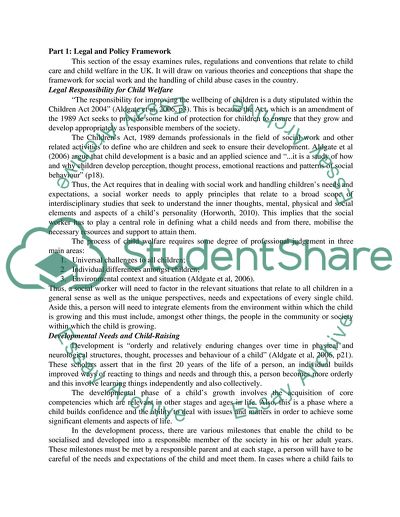Cite this document
(Working with Children and Young Families Case Study, n.d.)
Working with Children and Young Families Case Study. Retrieved from https://studentshare.org/social-science/1805819-working-with-children-aand-young-families
Working with Children and Young Families Case Study. Retrieved from https://studentshare.org/social-science/1805819-working-with-children-aand-young-families
(Working With Children and Young Families Case Study)
Working With Children and Young Families Case Study. https://studentshare.org/social-science/1805819-working-with-children-aand-young-families.
Working With Children and Young Families Case Study. https://studentshare.org/social-science/1805819-working-with-children-aand-young-families.
“Working With Children and Young Families Case Study”, n.d. https://studentshare.org/social-science/1805819-working-with-children-aand-young-families.


